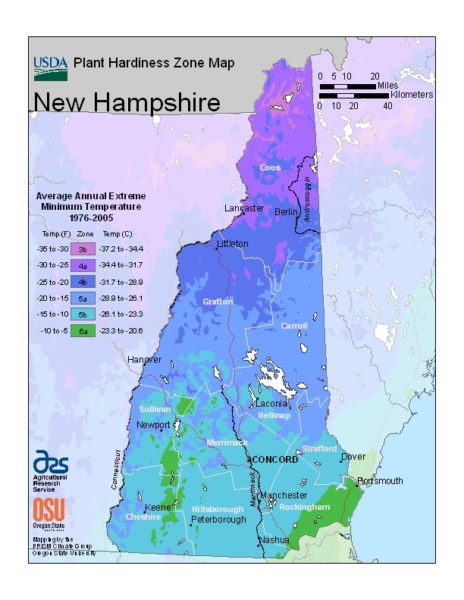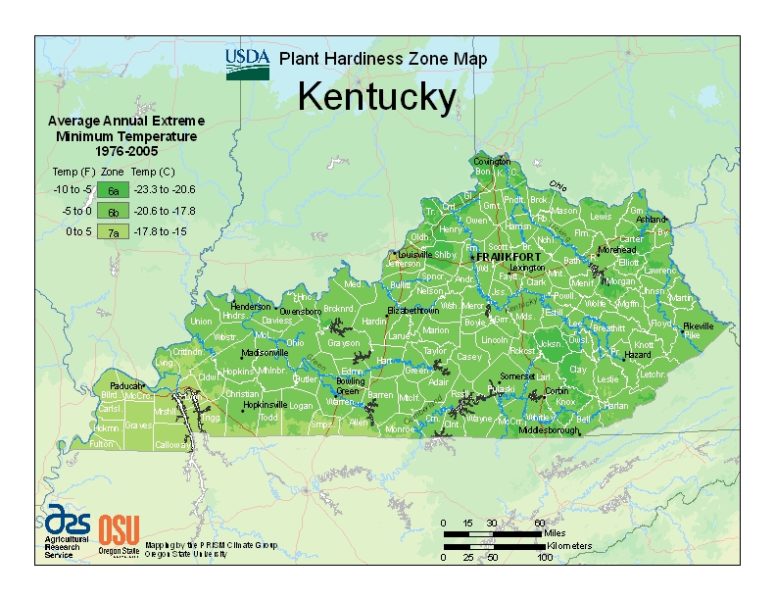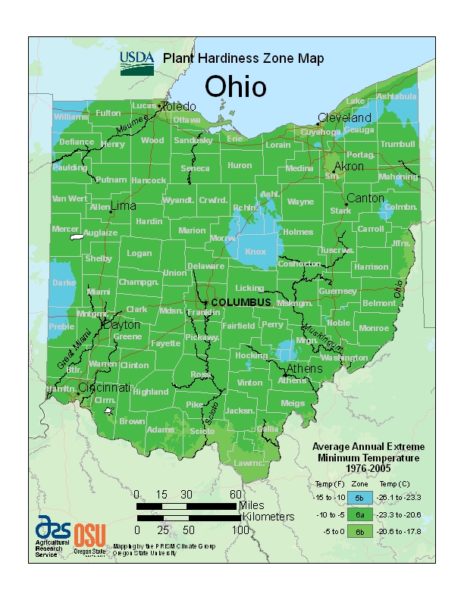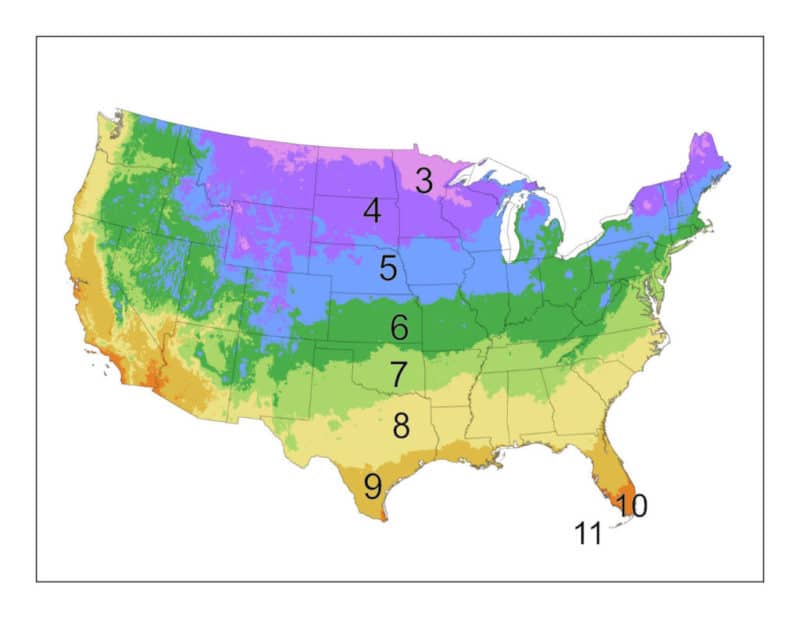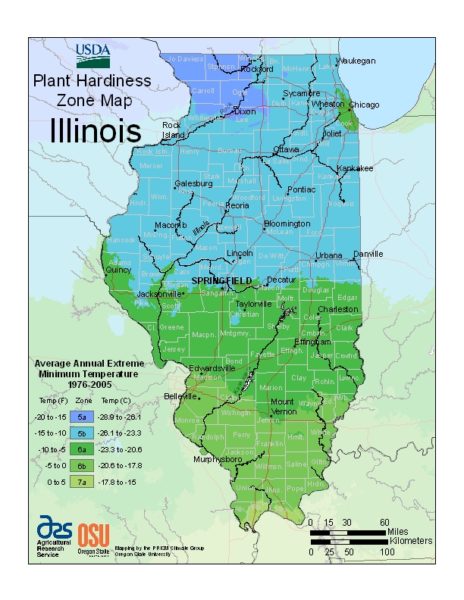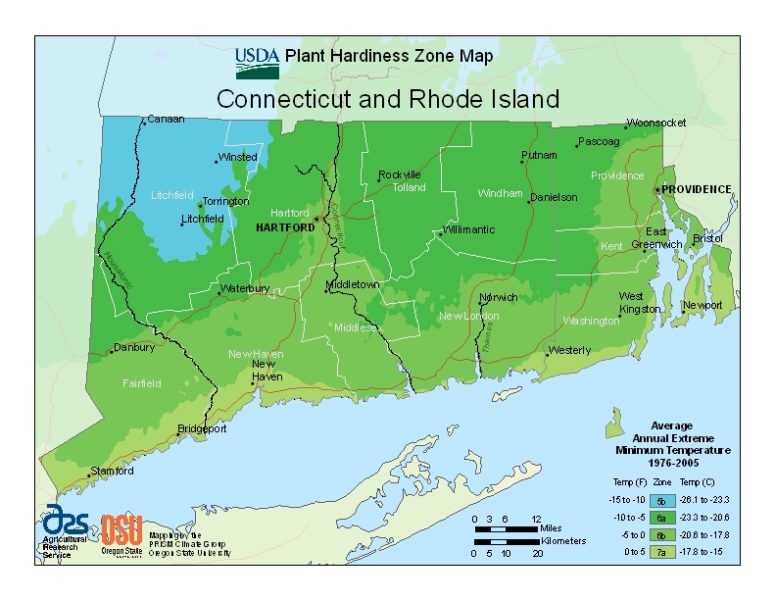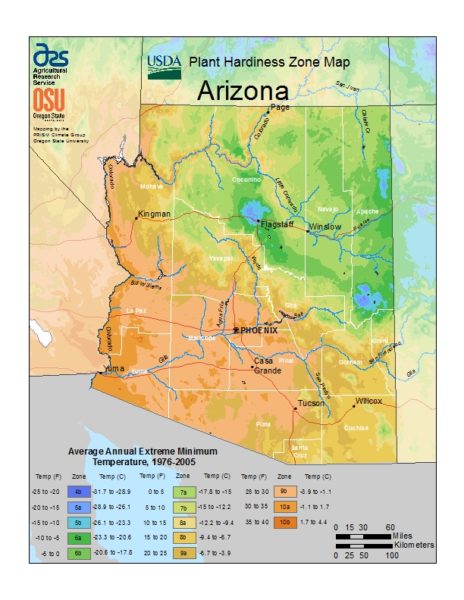
How to Get Rid of Japanese Beetles Naturally!
Spring has quickly turned into summer weather. Days are longer, kids are out of school, and our landscape is being taken over by Japanese beetles! This year they seemed focused on the leaves of our banana trees and the blooms of our Knock Out roses.
Japanese beetles are known to do serious damage to the leaves, fruit and flowers for over 300 different plants.
We have several (over 30) Musa 'basjoo' Banana trees in our back yard. Technically a perennial, they are amazingly fast growing considering they start over each year. It's mid-June and many are already over 10 feet tall.
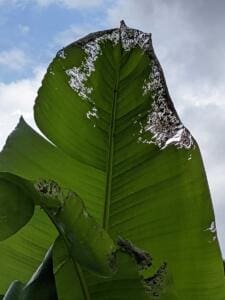
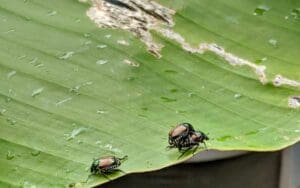 It was just around dusk, I was out in my back yard and noticed a lot of the banana trees were getting brown on the edges. I looked closer and saw that kind of a spider web effect because the Japanese beetles chew the leaves between the veins.
It was just around dusk, I was out in my back yard and noticed a lot of the banana trees were getting brown on the edges. I looked closer and saw that kind of a spider web effect because the Japanese beetles chew the leaves between the veins.
That's when I saw the culprits. It’s hard not to recognize the copper colored backs. I flicked a few off but when I shook the leaves, it was like a cloud of the pests swarmed off. The infestation was bad.
I have a few Knock Out rose bushes next to a group of the banana trees and saw the tell-tale signs of holes in the rose petals, especially buds that had not opened yet.
That kind of a spider web effect because they chew the leaves between the veins.
The next morning, the Japanese Beetle invasion was back and my roses were their breakfast buffet. If you have roses or a vegetable garden, you have probably had issues with Japanese Beetle damage at some point.
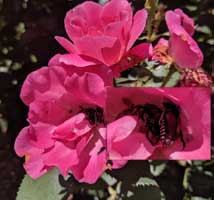 As usual, I contacted our local County Extension Office for advice. And, as usual, I got a lot of interesting info. By the way, you can find your local County Extension office here.
As usual, I contacted our local County Extension Office for advice. And, as usual, I got a lot of interesting info. By the way, you can find your local County Extension office here.
Japanese Beetles start as grubs in your lawn. They grow for 10 months, emerging as the beetle mostly in May June and July of the next year.
Japanese beetles are known to do serious damage to leaves, fruit and flowers for over 300 different plants.
I really don’t have the ambition or patience to invest the time & money needed for grub control. But I’m also not a huge fan of pesticides either. There are what's called beneficial nematodes. Microscopic organisms that feed on grubs in your yard & garden, as well as may other pests, including ants. Information & beneficial nematodes can be bought on Amazon.
Anyway, here’s an idea for a simple homemade spray that is pesticide free.
DIY Homemade Japanese Beetle Spray:
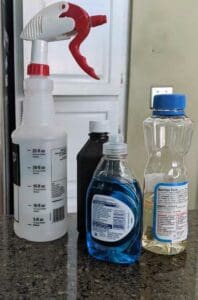 Fill a spray bottle with 1 teaspoon liquid dishwashing soap (not dishwasher) with 1 cup vegetable oil. Shake it up well. Then add 1 quart of water and 1 cup of rubbing alcohol. Shake it up well to get all the ingredients mixed together.
Fill a spray bottle with 1 teaspoon liquid dishwashing soap (not dishwasher) with 1 cup vegetable oil. Shake it up well. Then add 1 quart of water and 1 cup of rubbing alcohol. Shake it up well to get all the ingredients mixed together.
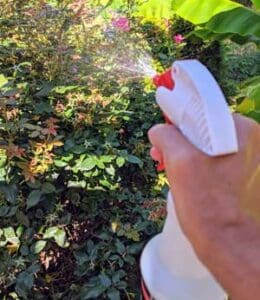 Spray it directly on as many of the Japanese Beetles as you see. It's weirdly satisfying to watch them fly off. Also make sure you spray all over the area where they had been eating. Don't be afraid to over-do it.
Spray it directly on as many of the Japanese Beetles as you see. It's weirdly satisfying to watch them fly off. Also make sure you spray all over the area where they had been eating. Don't be afraid to over-do it.
When a Japanese beetle starts eating on a leaf it emits a pheromone that attracts other Japanese Beetles. This spray will not only chase away existing Japanese Beetles but also eliminate the pheromones to help prevent them from coming back.
Spraying is recommended in the morning and not when the temperature is over 90. If you see any leaves wilting from the spray simply hose off the leaves.
That's it! Keep your spray bottle handy. Because of their life cycle, there's a good chance they will re-appear. This is especially true after any rains that have washed off your home-made deterrent.
Shop Products for Homemade Japanese Beetle Spray:
DIY Tip #2: Homemade Japanese Beetle Trap
There are numerous concoctions and traps available at your local hardware store. Most are no more effective than this simple trick.
Get a can of fruit cocktail, open it and place it outside. Preferably where it gets a lot of sun and then wait 3 to 5 days. It will literally start to ferment. That’s what you want.
Grab a bucket and put some scrap wood or a couple of bricks, anything that you can use to set the can on inside the bucket so it is raised 6 to 12 inches from the bottom. Add water to the bucket until it is just below the top of the can.
Place the bucket within 25 feet of the roses (or whatever plants you want to protect). Japanese Beetles will be attracted to the fermenting sweet fruit more than any plant they might otherwise munch on. They will fall into the water and drown.
Just keep your pets in mind wherever you place the can of fruit cocktail. I learned this the hard way.
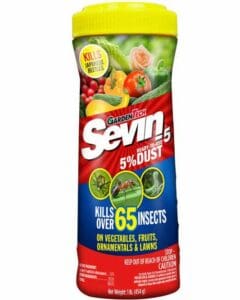 If you just want to get rid of them by any means, Seven Dust is probably the most popular product. Sprinkle it on the plants affected by the Japanese Beetles. The dust works through direct contact or ingestion.
If you just want to get rid of them by any means, Seven Dust is probably the most popular product. Sprinkle it on the plants affected by the Japanese Beetles. The dust works through direct contact or ingestion.
The insecticide in Seven Dust is Carbaryl. It is approved for use on vegetables and fruit plants. It will need to be re-applied after any watering or rain that gets the plants wet.
Carbaryl works on 60+ pests including ants and spiders. Just keep in mind Carbaryl is highly toxic to earthworms and honey bees. It is also bad for fish.
Don’t let a Japanese beetle invasion ruin your season!
- Most Popular Spring Blooming Evergreen Shrubs - March 6, 2025
- UPDATE! Unboxing Houseplant From Perfect Plants Nursery - March 5, 2025
- Winter Landscape Tips: How To Get A Head Start On Spring - January 6, 2025

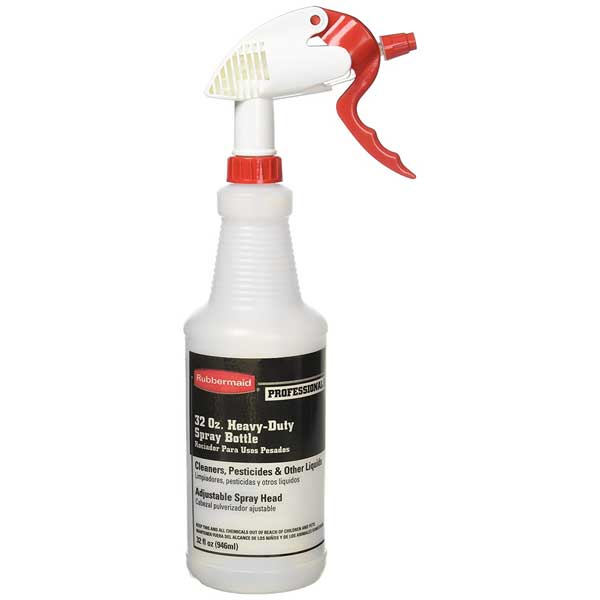
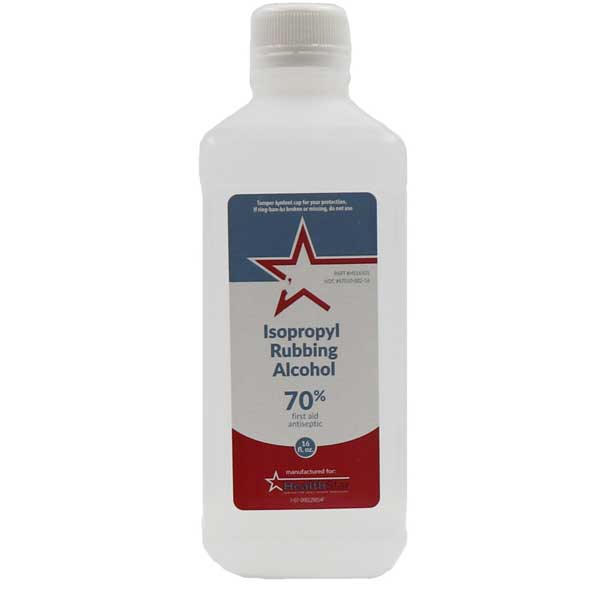
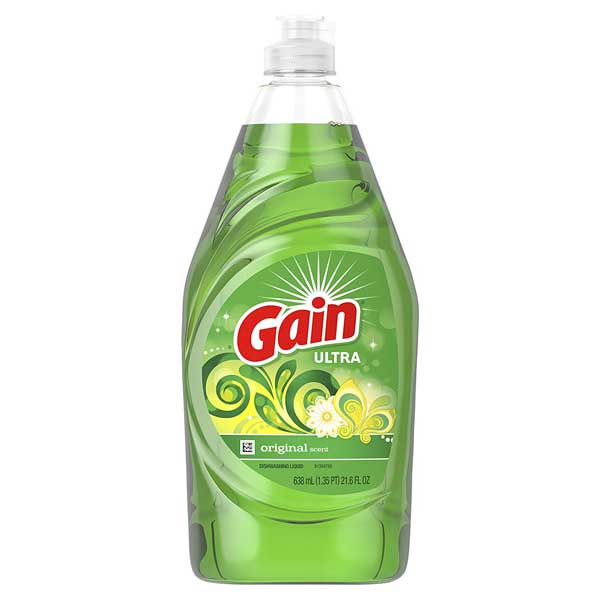
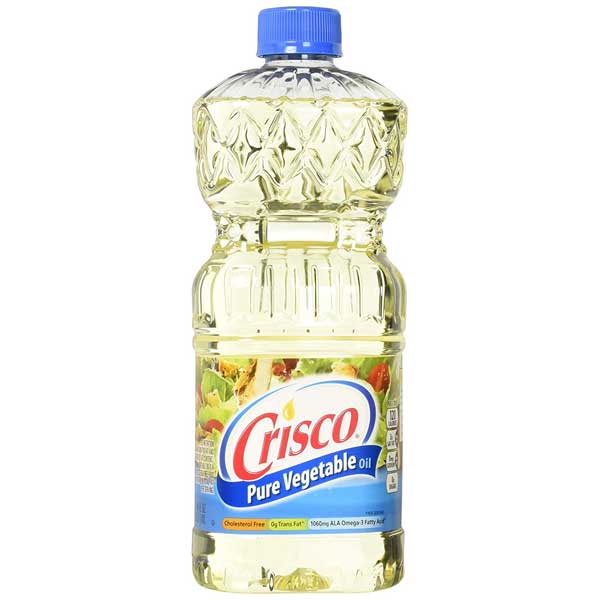

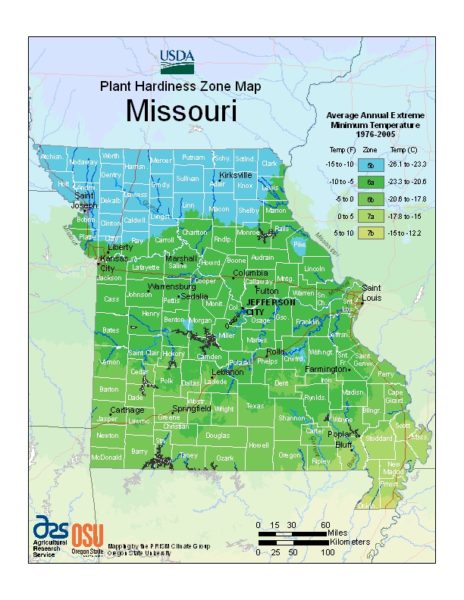

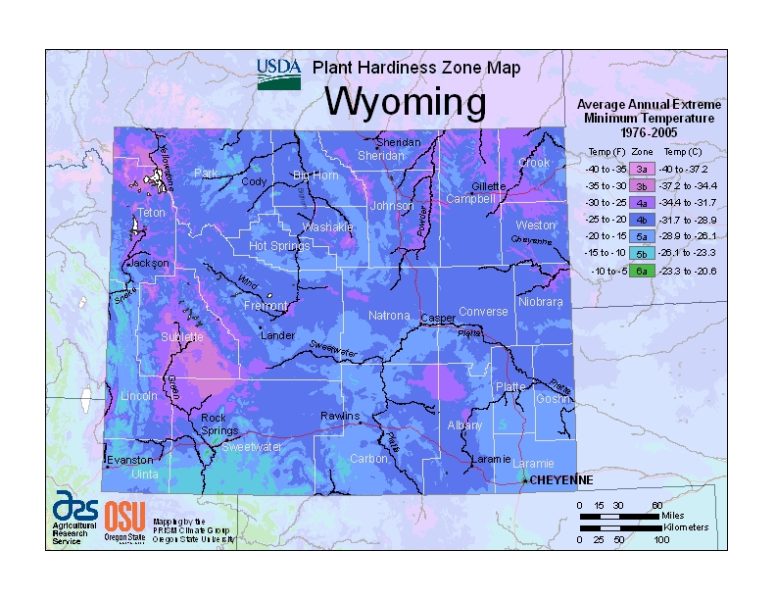





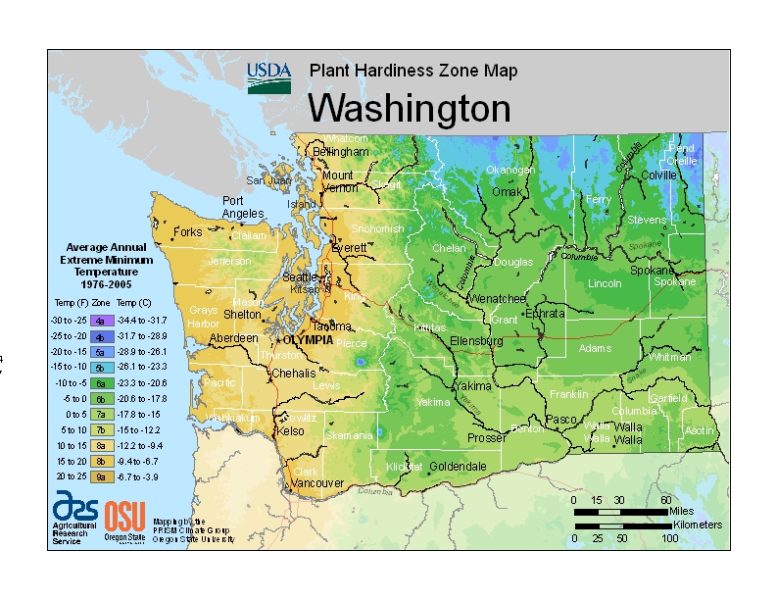
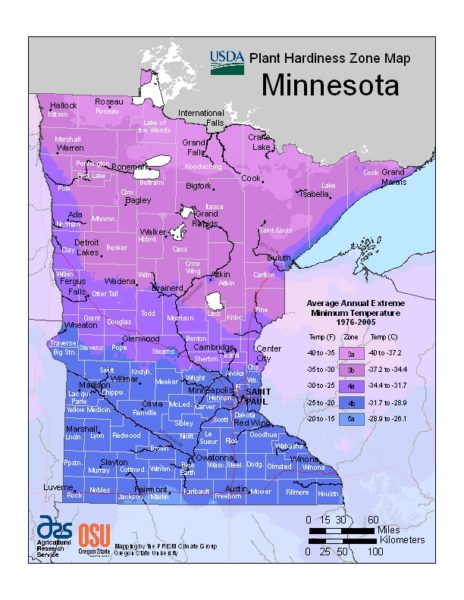





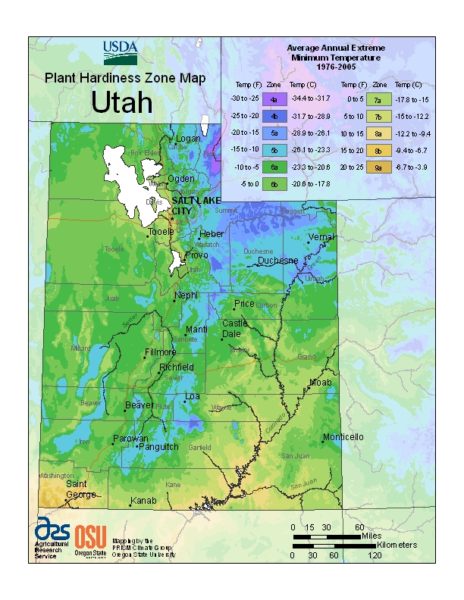






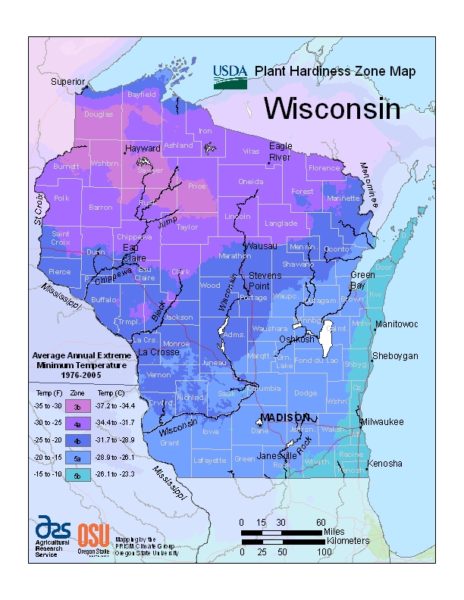 Wisconsin
Wisconsin

